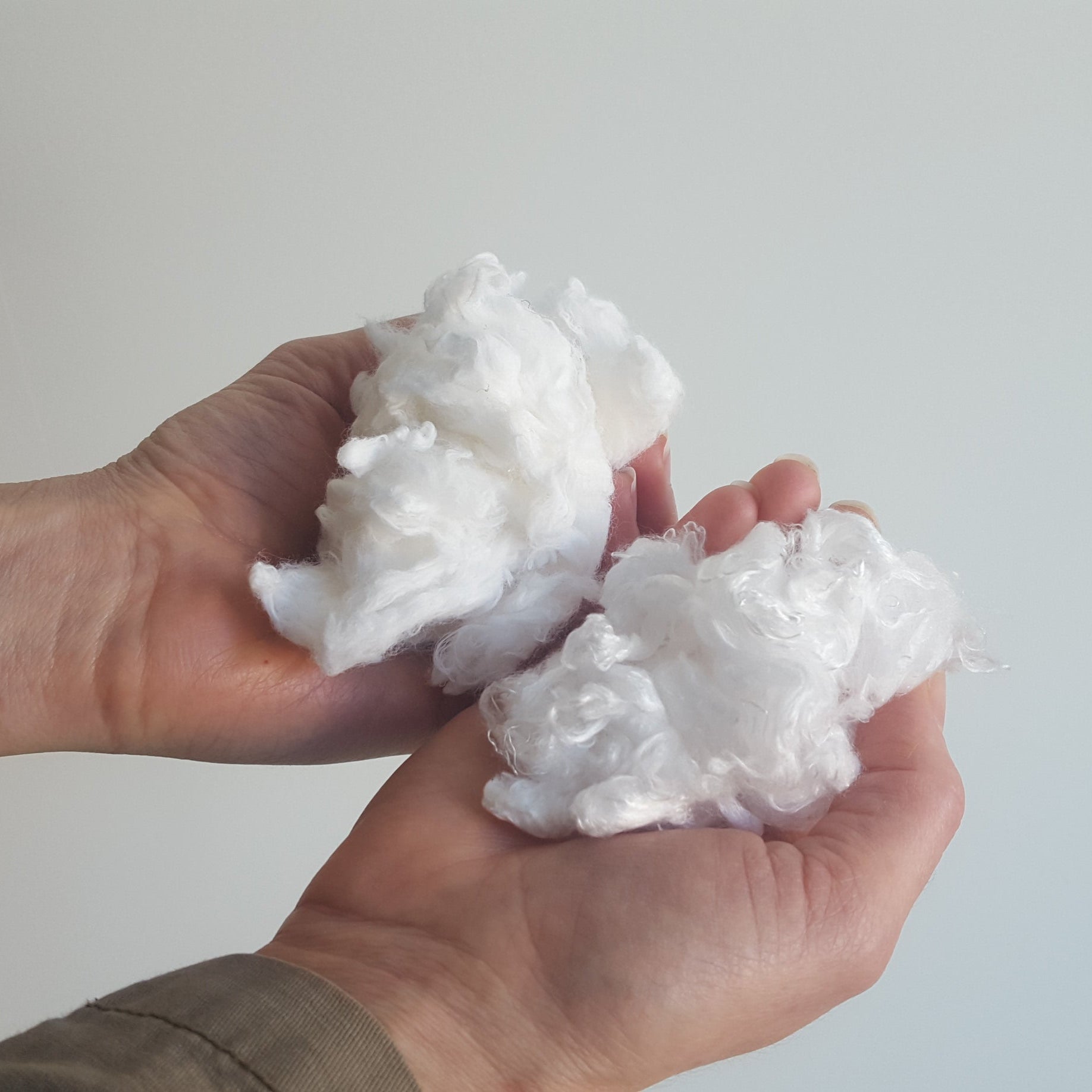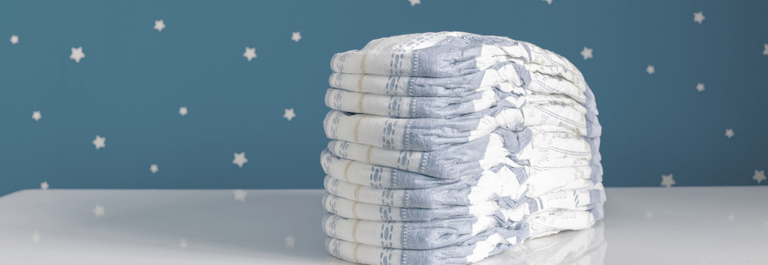Undergoing cancer treatment can affect your body in a variety of ways. For example, you may notice changes in your hair, nails, and skin. While skin problems that accompany cancer treatments like chemotherapy are not usually severe, they can be irritating and noticeable.
In this post, we discuss what chemotherapy burns may look like, as well as:
- What is a chemo rash?
- Changes in your skin during chemotherapy
- How can you soothe a chemo burn on skin?
Read on to learn more about a chemo burn on skin and how you find relief using natural and soothing remedies.
What is a Chemo Rash?
People can respond differently to various cancer treatments. For people undergoing chemotherapy, radiation therapy, stem cell transplant, targeted therapy and immunotherapy, a common side effect is known as a chemo rash. This rash can appear at any point during your treatment, however, it’s more likely to develop within the first couple of weeks. The appearance of a chemo rash can also mean that your body is having an allergic reaction to specific medication you’re taking. The most common places for a chemo rash to appear include the face, neck, scalp, upper back, and chest.
Skin Changes during Cancer Treatment
During your cancer treatment, you may notice visible changes in your skin that could appear similar to symptoms of certain skin conditions. Taking care of these side effects is an essential part of your cancer treatment and care plan. Here are some signs to watch out for:
Rashes
During your cancer treatment, you may develop skin rashes that may resemble acne or measles. Your skin may also look sunburnt or like it is swollen. The intensity of these rashes can range from mild to severe.
Dry and Itchy Skin
Another common side effect of cancer treatment is developing dry and itchy skin. This is known as pruritus. In terms of appearance, skin may also appear more red or darker in color. Previous treatments may cause the skin to blister or peel – much like a sunburn. Changes in skin pigmentation are also possible. Signs of a severe reaction may include a burning sensation or the development of hives.
Light Sensitivity
Photosensitivity is when your skin becomes more sensitive to light. Developing light sensitivity can make your skin more susceptible to sunburns.
Natural Chemotherapy Skin Burn Treatment
If you develop a chemo rash or other skin changes, speak to your doctor for the best course of treatment. The following recommendations can help you manage pain and discomfort at home:
Use gentle skin care products
Avoid skin care and bathing products that are made with harsh ingredients or contain artificial fragrances. A gentle and natural product is the way to go. We suggest this Coconut and Sunflower Oil Soap bar because of how soft, smooth, and soothed it makes your skin feel. Without any added fragrances, it offers a light, clean smell.
Keep your skin moisturized
Keep your skin well hydrated by applying a natural moisturizer as often as necessary. We recommend this Organic Manuka Skin Soothing Cream because of its non-burning formula and its ability to gently calm rashes.
Avoid hot water
Hot water has a tendency to further dry out the skin. When taking a bath or shower, opt for lukewarm water instead of hot.
Avoid harsh scrubbing
Be gentle with your skin by avoiding any harsh rubbing or scrubbing. We recommend avoiding using a loofah or bath scrubs. When drying your skin, pat dry your skin with a towel.
Soothe your Chemotherapy Skin Burns Today
If your cancer treatment is affecting your skin, give these natural remedies a try to find relief today.










